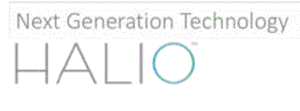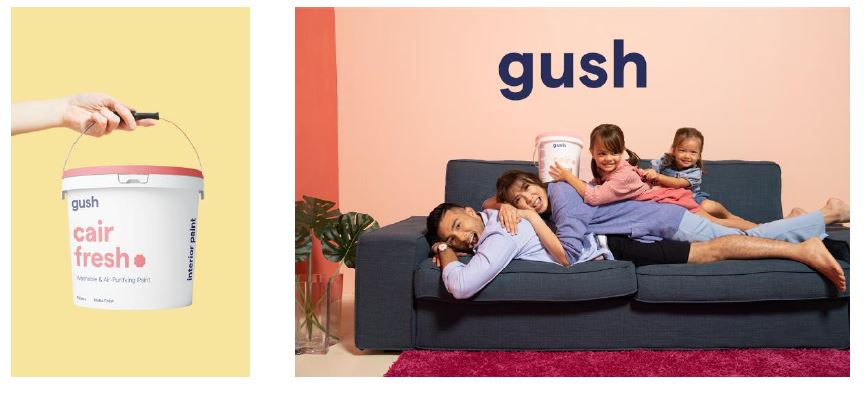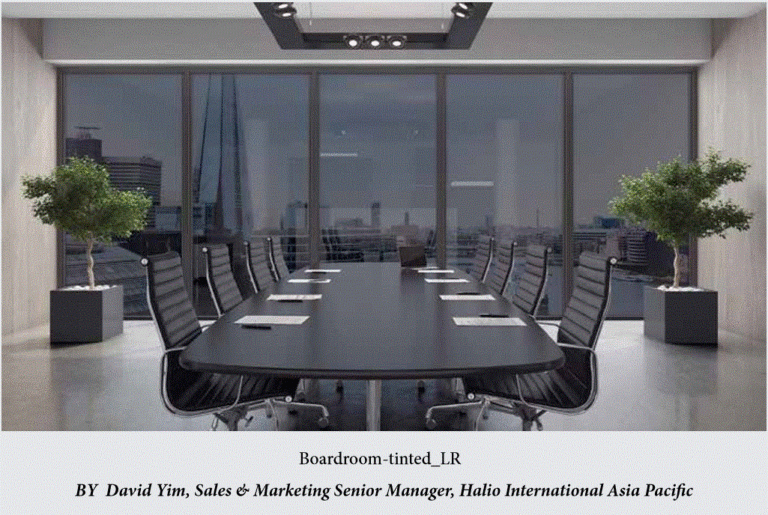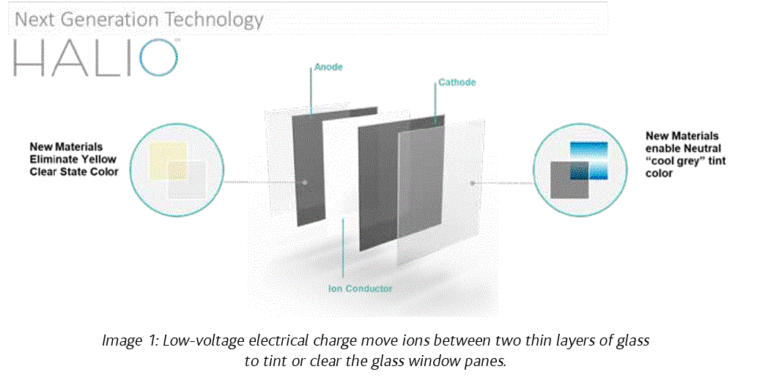The Bio-factory Lab, in the Department of Microbiology, KMUTT, led by Dr.Nujarin Jongruja, is a platform for designing and synthesis of functional enzymes and peptides. This lab is able to produce functional, high performance and affordable Eco-friendly products such as antibacterial peptides (replacing antibiotics and preservative) applicable for customized animal and human needs. This lab has also developed cost effective processes for extracting peptides/protein from chicken feathers and other bio-waste. (more…)
Category: Products
Green Bio-Based Materials from Agricultural Waste for a Circular Economy
The Integrated Biorefinery Laboratory (IBL) in KMUTT has developed energy efficient pre-treatment & fractionation processes with recoverable solvents and chemicals that improve the biomass digestibility and separation of biomass constituents including Microcrystalline Cellulose (MCC), Xylitol, Vanillin and more. IBL’s proprietary technology enables lower cost production of high value-added biomaterials/biochemicals with high purity for Pharmaceutical, Cosmetic, and Food additives applications. (more…)
cair fresh, A Washable Paint That Also Cleans the Air
Singapore-based start-up gush, an innovator of sustainable paints and advanced building materials has launched its new series of washable paints, cair fresh. In addition, gush is rebranding to a new slogan, “Clean Air In Your Favourite Colours”.
Founded in Mid-2017 and recently raising $3m SGD in their pre-Series A round, gush is known for its flagship product, cair interior paint, which provides an all-round solution for a safer and healthier indoor environment. The cair fresh series is reformulated for easy removal of dirt and stains, while still enjoying cair’s air-purifying benefits.
For walls prone to surface marks and grime, whether it’s from high activity environments or the bustle of the day-to-day. cair fresh’s washable feature offers fuss-free maintenance, so surfaces are always kept fresh and looking their best.
BeeBryte’s Data-Driven HVAC Control & Optimization Software
 BeeBryte developed a data-driven HVAC control & optimization software for increased energy efficiency, reduced utility bill and maximized comfort at no cost thanks to AI prediction and patented technology.
BeeBryte developed a data-driven HVAC control & optimization software for increased energy efficiency, reduced utility bill and maximized comfort at no cost thanks to AI prediction and patented technology.
BeeBryte is using Artificial Intelligence & IoT to get commercial and industrial buildings to consume electricity in a smarter, more efficient and cheaper way while reducing carbon footprint. They have major customers in Singapore and in Europe like DHL, Ngee Ann Poly, Solvay, Bouygues, OL stadium, etc. that have shown that, with minimal capital expenditure, the facilities have managed to not only reduce their carbon footprint, but also reap energy cost savings of up to 40%. (more…)
Smart-Tinting Glass technology – an innovative “green solution” for the tropics

Smart-Tinting Glass technology – an innovative “green solution” for the tropics
Extensive study by ERI@N validates the performance of Halio smart-tinting glass in thermal comfort, glare and lighting energy savings

The study on Halio’s electrochromic technology at BCA SkyLab showed that smart-tinting glass could effectively improve occupant comfort and save lighting energy while keeping the natural view.
SINGAPORE, 26 September 2019 – Halio International today has released the results of a full-scale real-world laboratory test on Halio® electrochromic glazing (EC) technology or known as smart-tinting glass, conducted by the Energy Research Institute at Nanyang Technological University (ERI@N) at BCA SkyLab in 2018. The test aimed to understand Halio’s impact on glare control, occupant comfort and energy consumption in comparison with traditional high-grade low-E coated glass and shut blinds, and was part of a larger study on air-conditioning systems and auto-dimming LED lights.
The test results showed that Halio’s EC technology, as a façade, outperformed traditional low-E coated glass with indoor blinds in three areas: avoiding glare, improving thermal comfort and achieving energy savings from lighting. The test benefitted from the advanced testing capabilities offered by SkyLab, such as its rotatable platform, integrated plug-n-play function, and its dual-chamber design with a test room and reference room for comparison testing. (more…)
Disruption in the U.S. Fast Food Sector Creates Prospects for a New Market Opening for the Vertical Farming Industry

As the vertical farming industry in the United States grows, its market segments correspondingly diversify and widen. Aerofarms, Gotham Greens and Square Roots, for instance, all deliver their produce to local grocers as well as to Whole Foods Market. (more…)





